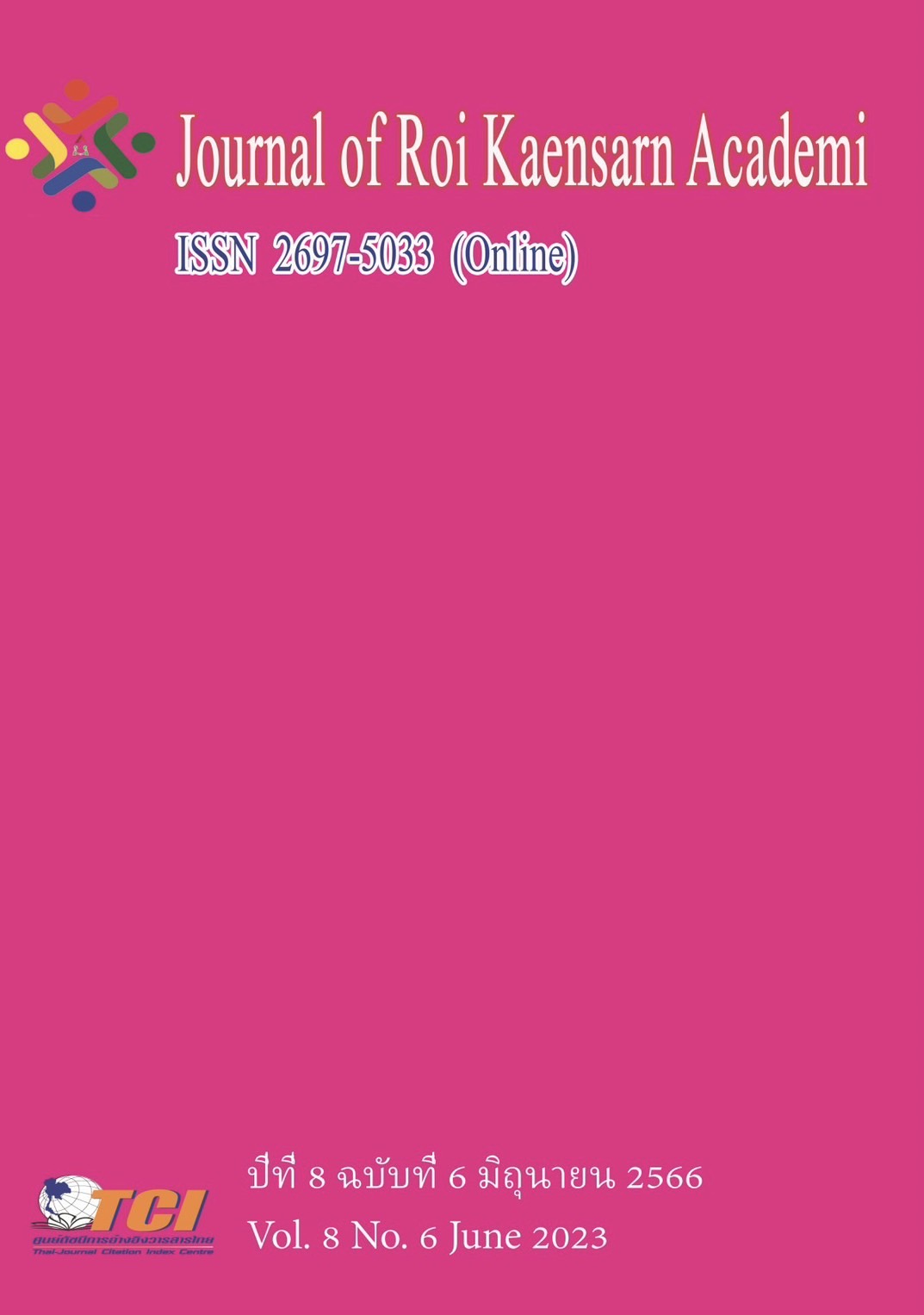The Mediation Effects of Teachers’ Quality and Organizational Factor on the Relationship between Teachers’ Leadership and Teachers’ Professional Development: A Case Study of Art Teachers in Colleges and Universities in Shenyang City, Liaoning Province
Main Article Content
บทคัดย่อ
The objectives of this research were: (1) To study the effect of art teachers’ leadership on art teachers’ professional development; and (2) To find the mediating effects of teachers’ quality on the relationship between art teachers’ leadership and art teachers’ professional development in Shenyang’s public colleges and universities; and (3) To find the mediating effects of organizational factors on the relationship between art teachers' leadership and art teachers’ professional development in Shenyang’s public colleges and universities.
The research was a quantitative research method. Population was Art teachers of 10 public colleges and universities in Shenyang, Liaoning Province, totaling 1056 people. The samples were obtained through G * Power software, with a total of 122 people. The key informants were Art teachers in public colleges, obtained by purposive sampling method. The instruments used for data collection was Online questionnaire survey platform_ Questionnaire Star. The statistics used for data analysis were confirmatory factor analysis (CFA) and structural equation model (SEM) were used for the data.
The research findings revealed that; (1) the constituent factors of the professional development of art teachers in public colleges and universities in Shenyang City, Liaoning Province include: art teacher leadership; teacher quality; organizational factors; teacher professional development. and (2) Analyzed the impact on the professional development of art teachers in public colleges and universities in Shenyang City, Liaoning Province, and found that the leadership of art teachers has a direct impact on the professional development of art teachers through the intermediary variable teachers' personal quality and organizational factors.
Article Details
เอกสารอ้างอิง
ChenDan. (2017). Improve teachers' leadership and promote teachers' professional development. Higher Education, 158-159.
Gao Yan. (2021). Under the background of the Internet era. Internet education, P178-179.
GaoYanyan. (2014). Research on the development of primary art teachers under the background of curriculum reform. Northeast Normal University.
Gong Yuting. (2020). A New Probe into the Leadership of Music Teachers under the Concept of Teacher Professional Development. Hunan Normal University .
Hair, et. al. (2019). Multivariate Data Analysis, 8th ed. United Kingdom: Cengage Learning EMEA.
Li Jifeng. (2008). The concept and growth of "expert teacher". Contemporary TeacherEducation, P21-23.
Linkesong. (2014). Workplace learning and professional innovation. Southwest University.
Stefan Ninkovic , & Olivera ˇ Knezˇevic ´ Flori. (2016). Transformational school leaders and teacher self-efficacy as predictors of perceived collective teacher efficacy. Education management administration and leadership.
Susanne Tafvelin, & Andreas Stenling. (2018). A Self-Determination Theory Perspective on Transfer of Leadership Training: The Role of Leader Motivation. Educational research.
WangYi. (2019). Research on the cultivation of teachers' leadership from the perspective of teachers' professional development. Hebei Normal University.
WuYanhui. (2010). Analysis on the Present Situation of Higher Teachers' Educational Technology Ability. Electronic Education Research, 64-69.
WuYingmin. (2008). Foreign research and enlightenment on the leadership of primary and secondary school teachers. Comparative Education Research,P 52-57.
Xu Nan. (2012). On the organizational dimension of teachers' professional development. Southwest University.
Zhaoying. (2018). Research on the construction of leadership model of young teachers in Colleges and universities. Educational research.

